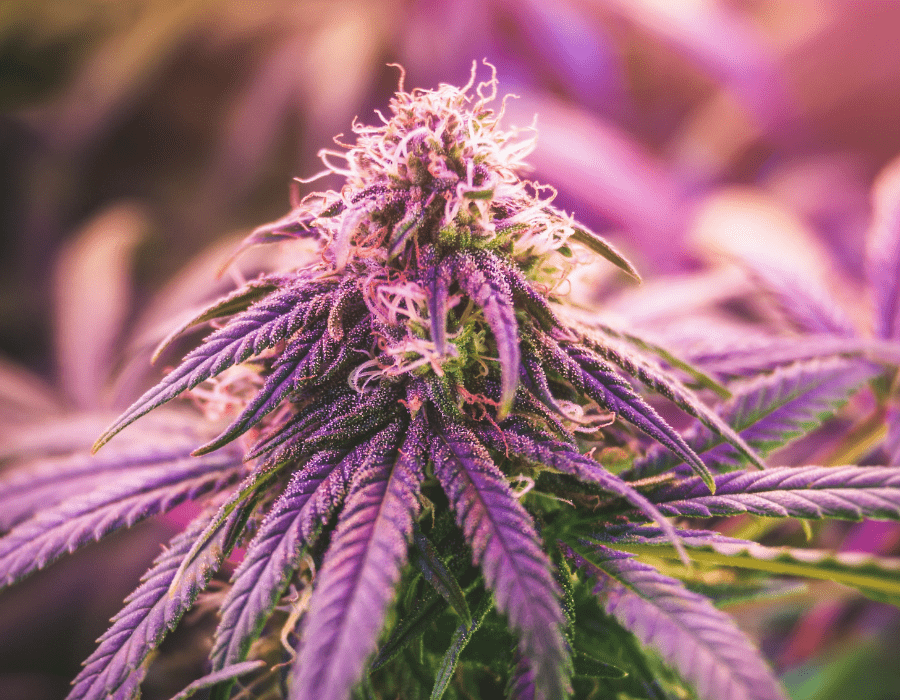Like humans, cannabis plants produce hormones throughout their life cycle, though much about them remains a mystery. These hormones are endogenous chemical messengers that influence plant biology to spur on various changes, such as the beginning of flower production as the plant reaches the bloom phase. Also, like humans, these hormones cause dramatic changes in your plants as they play their role in the development of foliage, stalks, and buds.
Different hormonal compounds are produced at various stages throughout a plant’s development, and an understanding of these compounds allows the grower to supplement or omit certain hormones as necessary. This is crucial when working with short-day plants such as marijuana, which begin flowering as the day length shortens to twelve or fewer hours.
Depending on the strain, climate and method, hormone supplementation may be necessary to achieve maximum yields. Because these hormones can so drastically affect your plant’s growth and timing, a working understanding of plant hormones is essential for a successful grow.
The Flowering Hormones
Though there is still much research to be conducted in the field of plant hormones, there is enough to know which plant hormones can positively and negatively influence plant behaviour and growth during the bloom stage. Let’s examine some of the more common flowering hormones, what they do, and how they should be used when applied by a grower.
Gibberellic Acid
Gibberellic acids, also commonly known as gibberellins, are plant hormones that play an important role throughout the life cycle of a cannabis plant. In the plant’s earliest stages, gibberellic acid plays a role in ending seed dormancy and spurring on germination, as well as transitioning the plant from apical meristem growth to shoot development.
Gibberellins can be thought of as growth accelerators. Their presence increases cell elongation and cell division, the result of which is increased growth of plant tissue leading to stem elongation, greater distance between internodes, and a plant physiology that generally resembles a male plant. In addition, gibberellic acids play a significant role in sex differentiation of plants, as well as delaying and slowing flowering.
Gibberellic acids should be applied by foliar spray carefully and in low concentrations during the vegetative phase to delay flowering, but the grower should be aware that its application will inevitably lead to the plant stretching, or developing long shoots, once the plant has begun flowering. This can lead to issues for growers working in small spaces. Gibberellic acid can be found easily online or in a hydroponic shop or nursery.
